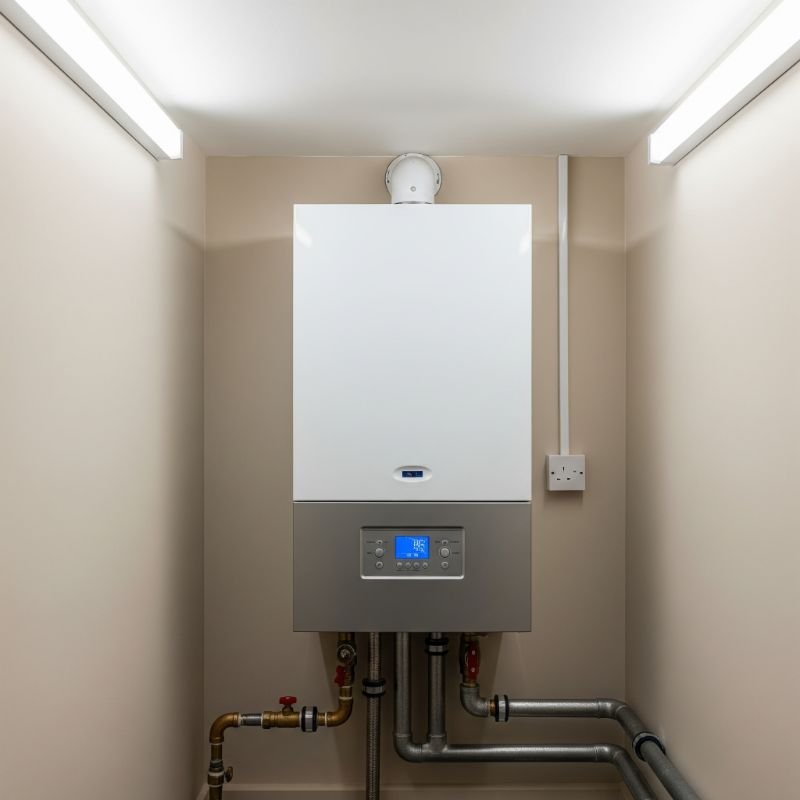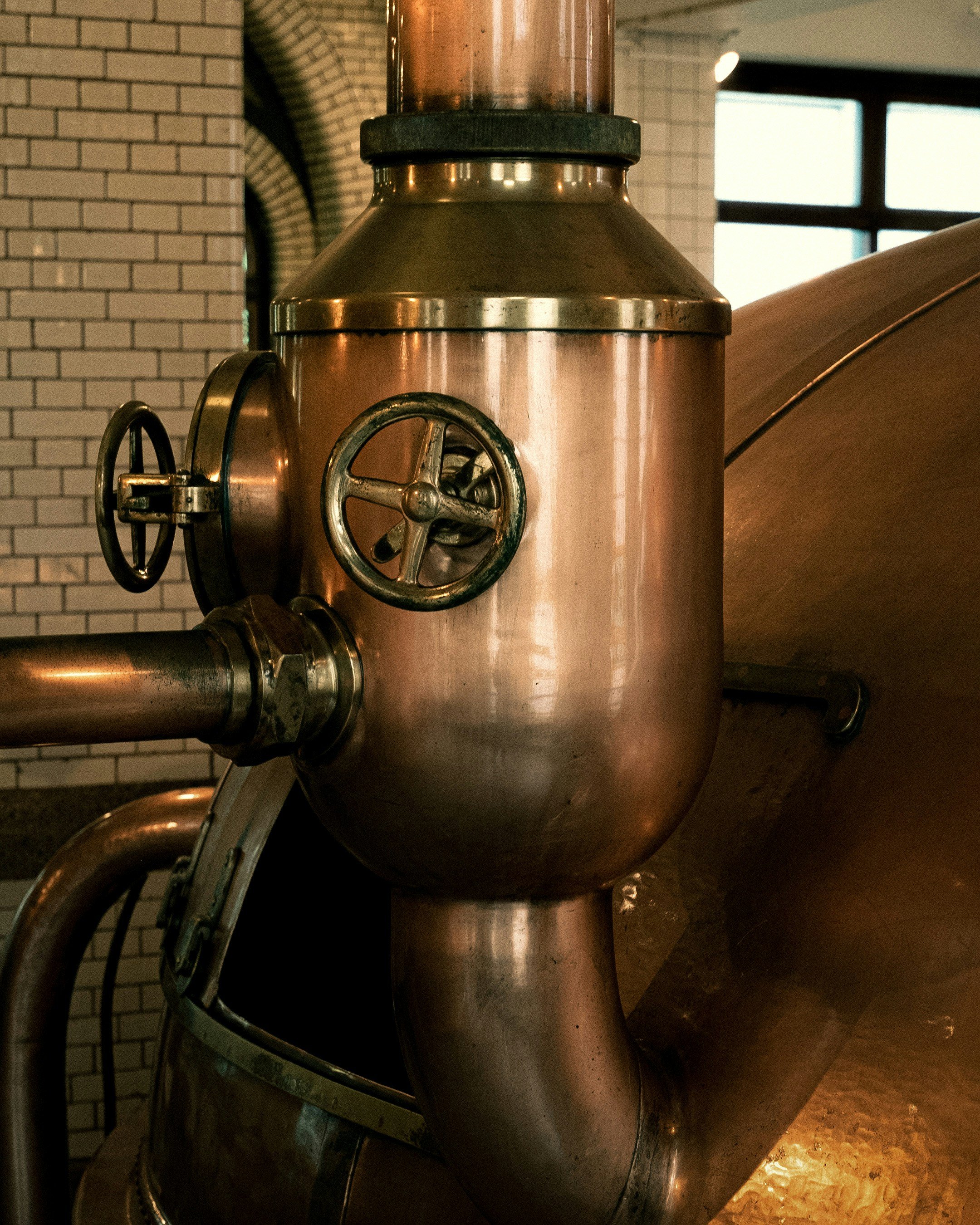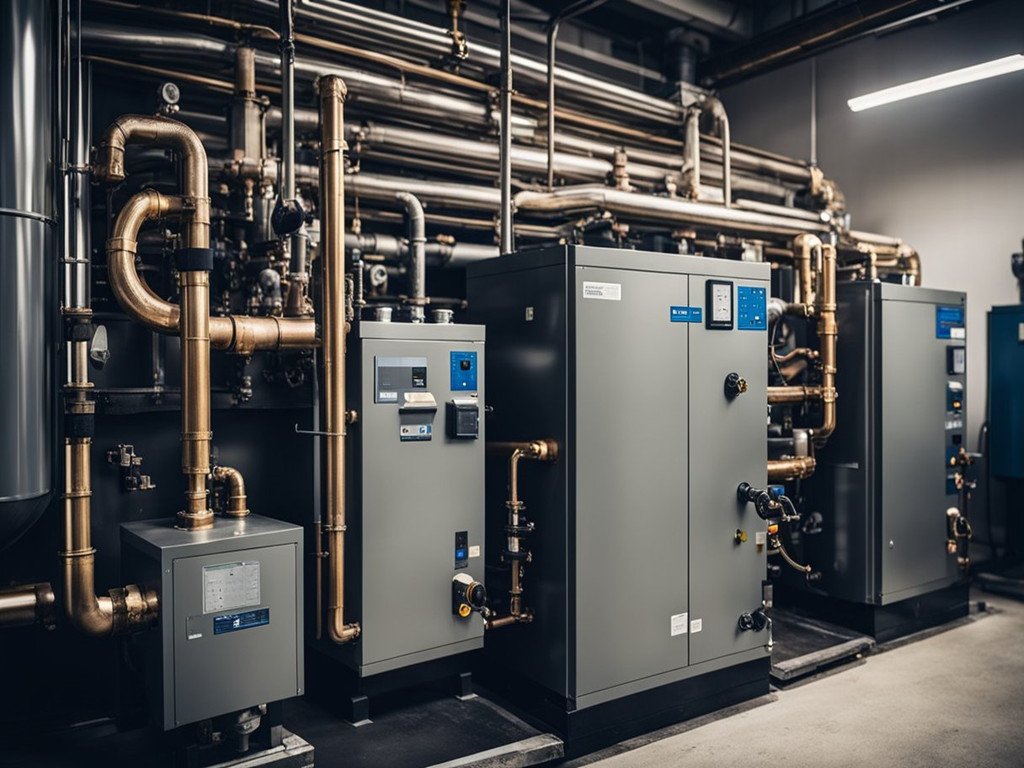How to Spot Early Boiler Replacement Warning Signs
Learn how to spot early boiler replacement warning signs, from strange noises to rising energy bills—prevent breakdowns before winter hits.
Most of us ignore the boiler, until shower water turns icy or radiators stay stone-cold. By then, of course, the thing has chosen the wrong Monday morning to retire. A better tactic is to learn the small hints that tell you it’s nearing the end of its run - hints that appear months, sometimes years, before total collapse. Catch them early, and you can schedule a swap on your own terms rather than in mid-January when every Gas Safe engineer is booked solid.
The Age Question Nobody Likes to Answer
Look for signs on the boiler itself for the age and you could get stuck, but paperwork rarely lies. If your combi or system unit went in before Gordon Brown left Downing Street, it’s pushing its limits. Most condensing models are designed for 12–15 years in normal UK use, sometimes up to 20 years.
Beyond that, manufacturers stop stocking certain proprietary parts, and call-out fees go up because engineers spend half the visit ringing around scrap yards for a circuit board that’s been out of production for quite some time, or just refuse to do the work.
Bills Rising Faster Than Necessary
Gas prices have yo-yoed lately, so look at kilowatt hours rather than the end figure without any context. A gradual year-on-year climb signals falling efficiency: heat exchangers scale up, fans lose speed, and sensors drift off-calibration. If you’re burning ten per cent more gas to achieve the same thermostat setting, the boiler is giving notice that it needs to be replaced.
New Noises
A healthy boiler might hum like a fridge. Whistles, bangs, or a sound that engineers from places like Able Plumbers politely label “kettling” ( rapid bubbling inside the heat exchanger) point to limescale, sludge, or both. You can flush the system and add certain additives, but recurring kettling after treatment often means the exchanger has warped or corroded. You’re entering into replacement territory.
A Flickering, Yellow
Every school child's science experiment shows that a clean gas flame burns blue. Yellow, orange, or lazy flickers indicate incomplete combustion, which wastes energy and can release carbon monoxide. Modern sealed units sometimes display that flame through a tiny viewing port; older open-flue boilers make the colour easy to spot through the front grille
Either way, call a Gas Safe engineer immediately. If they find the burner block or seals beyond repair, upgrading is safer than rolling the dice each winter.
Carbon-Monoxide Alarm
A modern CO detector chirps when levels rise above safe thresholds. Two false alarms might be a duff battery, more than that could mean the boiler is venting exhaust back into the room. Servicing can reseal joints, but if cracks have reached the combustion chamber, it’s game over, and you absolutely don’t want to mess about with what’s known as the silent killer.
Spotting two or more of these clues (or even one if it’s something like a carbon monoxide leak) in a single season is a nudge to price replacements, check Energy-Company-Obligation grants, and schedule installation during shoulder months (April or September) when labour rates dip and you’re not shivering through the process. Remember: boilers die - usually on the coldest night. Listening for the whispers of decline now can spare you that brutal comedy timing later.



